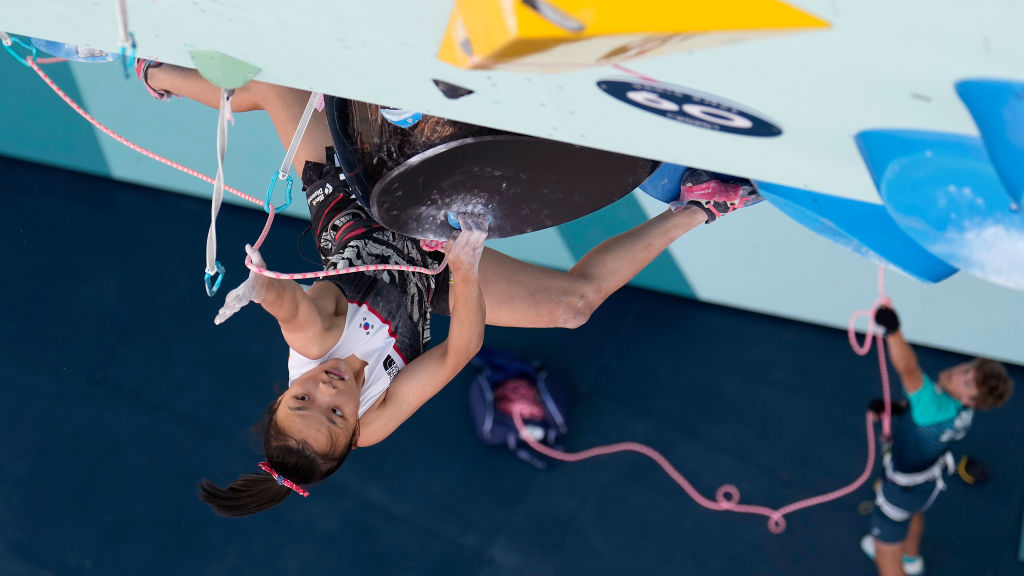"I train mainly based on feel": Kilian Jornet reveals exactly what he's doing to prepare for his long-awaited return to Western States
Jornet returns to Western States this month, 14 years after he won the iconic 100-mile race
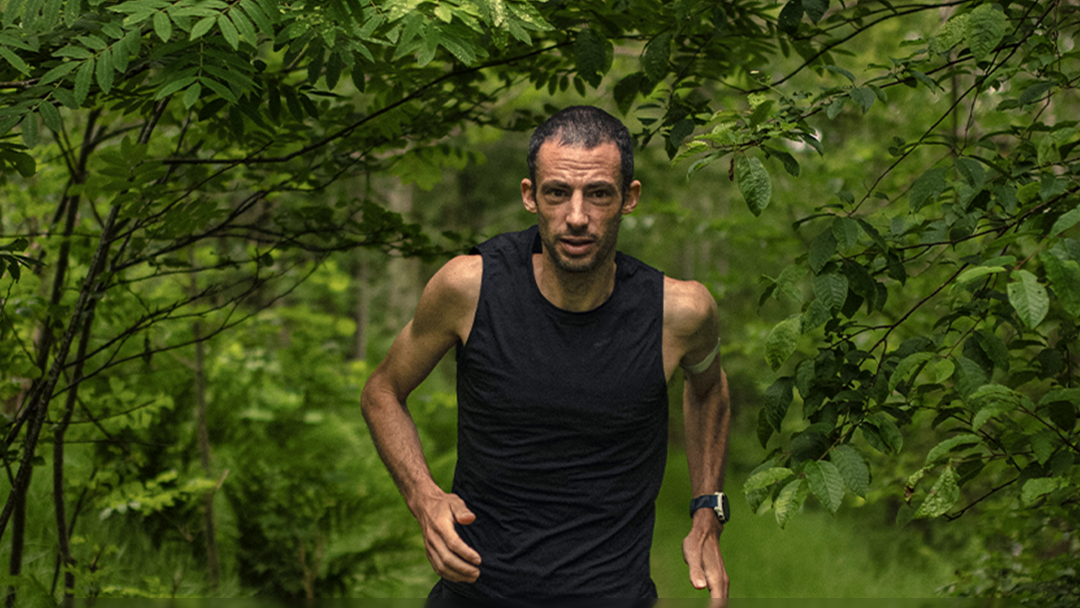
Fourteen years after winning the Western States 100 in 2011, trail running legend Kilian Jornet is coming back to California to take another swing at the iconic race.
Though Jim Walmsley and Haydn Hawks both recently dropping off the 2025 roster may have dampened overall excitement a little, many trail running fans will still be tuning in to see Jornet compete against the likes of Cocodona 2025 winner Dan Green, UTMB 2024 winner Vincent Bouillard and Leadville 100 record holder David Roche, who has pulled no punches in his intentions to win.
It's going to be a highly competitive men's field in a race which Jornet calls "a founding piece of the sport" of trail running, and there's no doubt he's going to give it his all. The Spaniard's team recently reached out to us to share all the details of how he's preparing for his return to Western States.
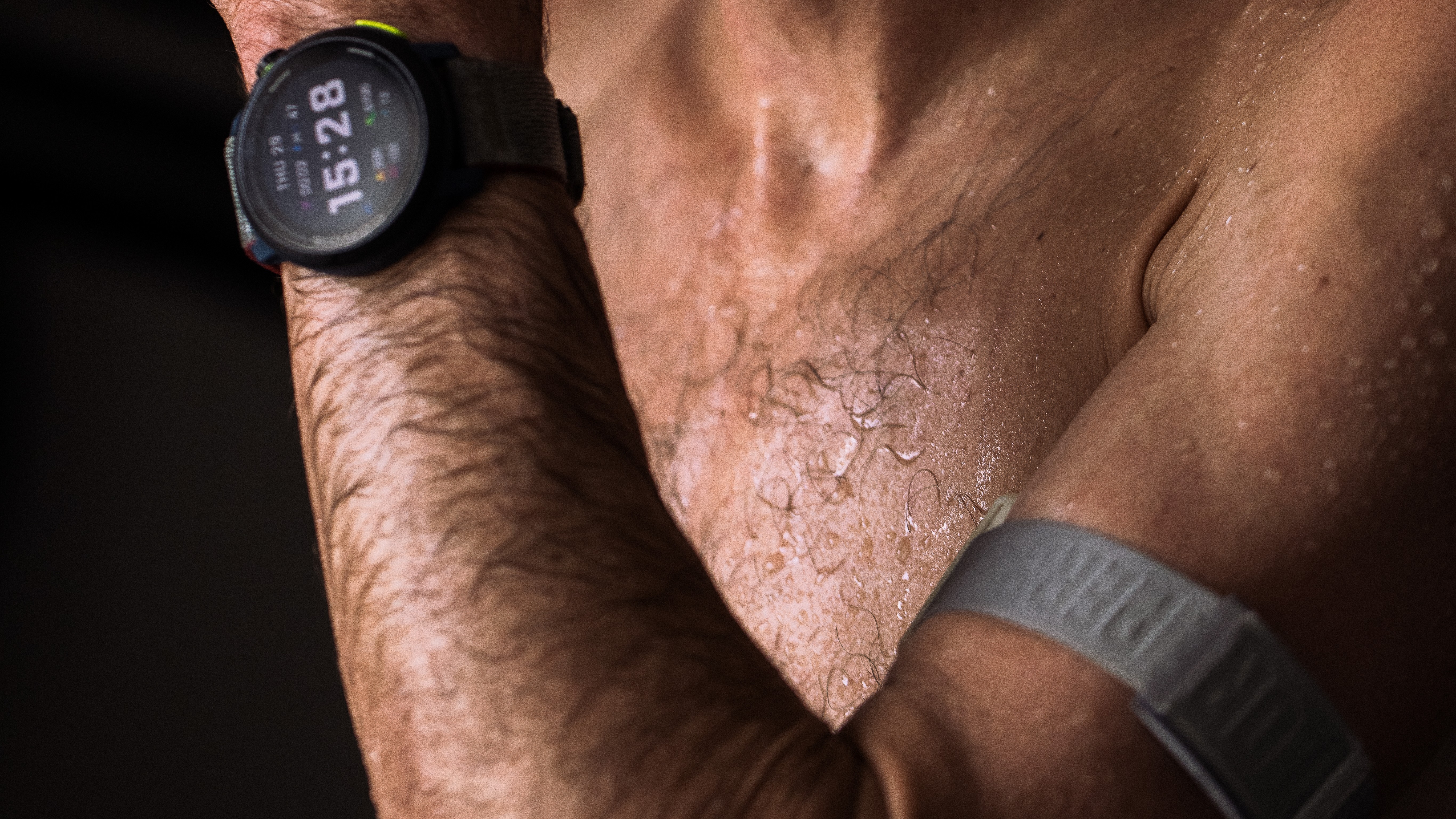
Turning up the thermostat
Just because recent years have seen Jornet summit Everest without supplemental oxygen, throw down countless FKTs and course records (including at the UTMB, on Denali and Mont Blanc) and climb all 82 4,000m Alpine peaks in just 19 days, doesn't mean he won't face any challenges training for a straightforward race in California.
These days, the runner lives in Norway (with his wife Emelie Forsberg), where he says it rarely reaches 70°F (20°C). At Western States, it's not uncommon for race-day temperatures to exceed 100°F. Needless to say, he's putting an emphasis on heat training.
"It’s hard to train for hotter environments training normally," says Jornet, so he's been warming up his home gym to 110°F (45°C) and for the last 10 weeks has been doing three long (2 - 3 hour) sessions indoors, sometimes wearing waterproof clothing to keep his body from cooling itself naturally.
During these sessions, he tracks his core temperature, sweat rate, and sodium concentration to see how his body is responding.
All the latest inspiration, tips and guides to help you plan your next Advnture!
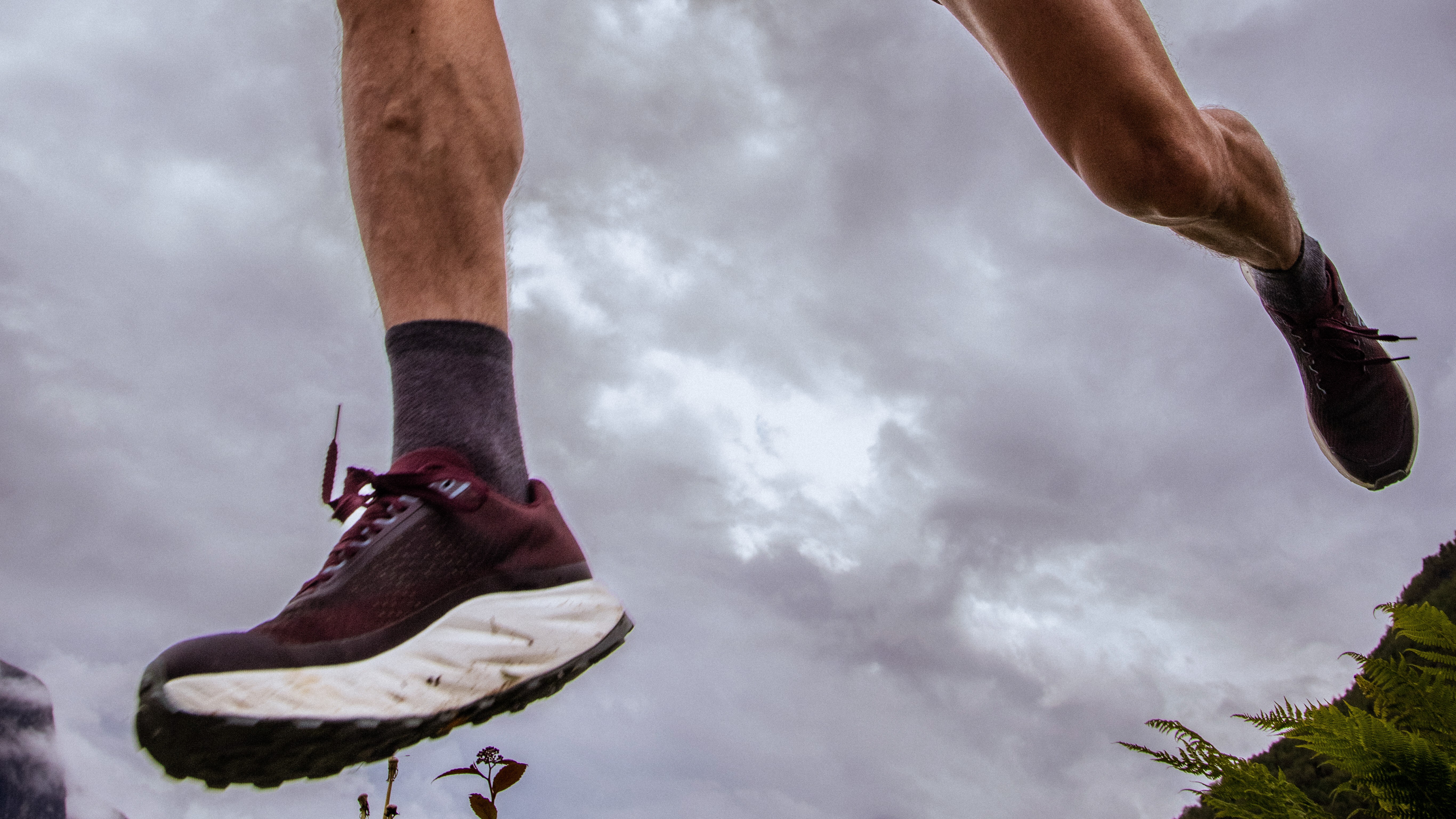
Zone 1 (and technical days "for fun")
In the years since his 2011 win, Jornet and Forsberg have had two children, plus he's co-founded the running shoe brand Nnormal, so he admits that life and training look a little different these days.
"With kids, there’s less time to train and a much more marked routine, and I want to spend time with the kids, so basically the bigger part of the training is when they are at kindergarten, and weekends is very short sessions when they’re resting."
That said, he says he still prioritizes long, slow runs above everything else to build up his base fitness.
"I always do a long aerobic base period for 3 - 4 months with moderate to long distance journeys. That’s a must for me."
Jornet runs wearing the Coros Apex 2 Pro watch with the Coros Heart Rate Monitor, which he says is "more precise and comfortable" and during long efforts he pays particular attention to his average heart rate and Effort Pace, which he says is his favorite Coros metric. Most importantly, he keeps his heart rate low – around 80% of his training is spent in Zone 1, which Coros designates as recovery.
"I like being alone and in my thoughts, just hearing the nature," says Jornet of his long sessions.
Most of the rest of the time, he trains in Zones 2 (Aerobic Endurance) and 3 (Aerobic Power) which is where he operates on race day.
"Then for fun I always like the technical days in the mountains. Also some uphills here that I repeat often and serves as training and to see how is my fitness."
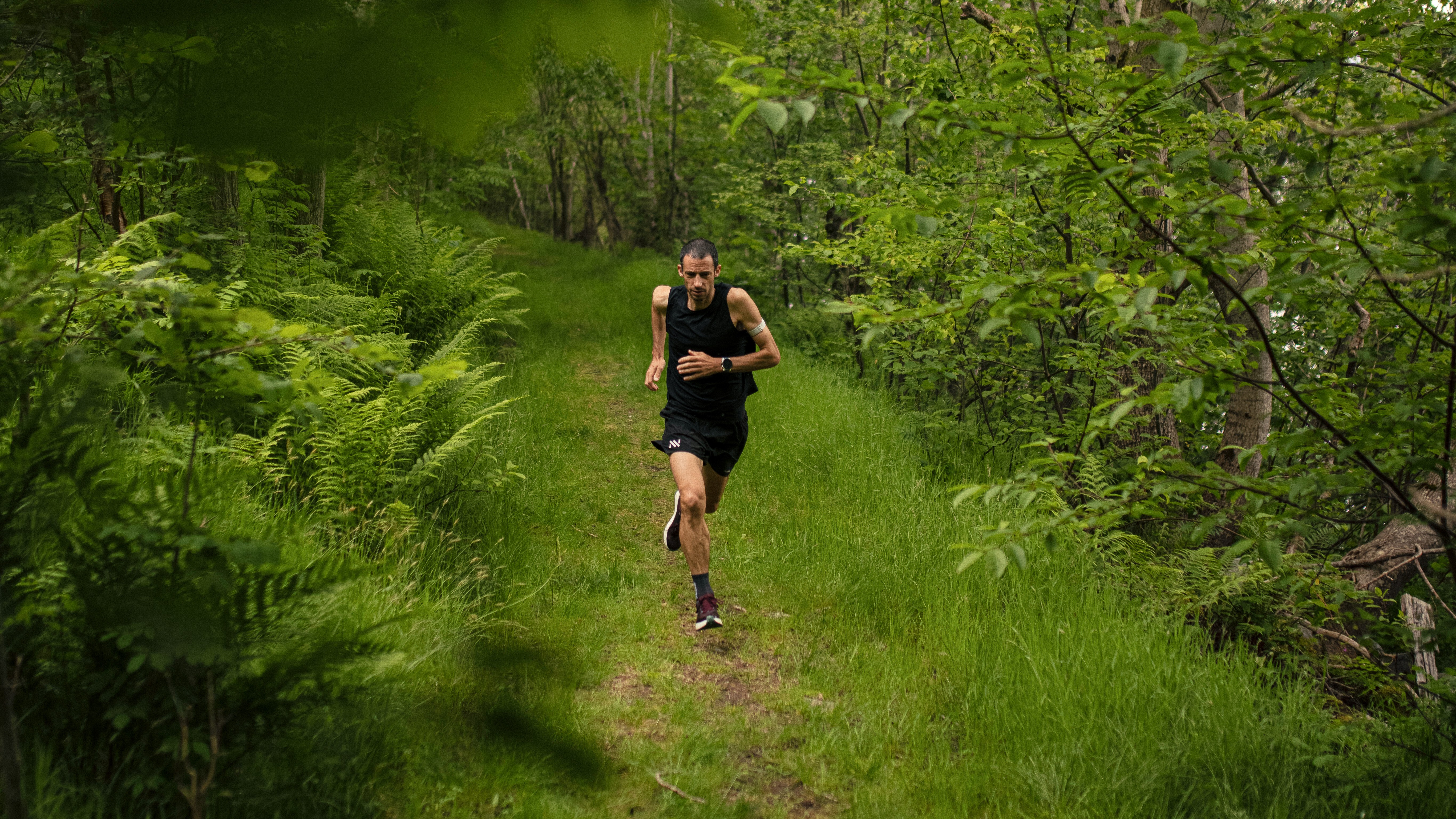
A little bit of data, a lot of patience
Like most elites, Jornet says he doesn't get bogged down by metrics and in fact trains "mainly based on feel," primarily using his heart rate data when things aren't going well in his training.
"I look at data to see where the problem can be."
That said, when he's doing a session to target on a specific adaptation, he will look at other data: if he's training for high altitude, he looks at metrics like blood oxygen and heart rate variability and for neuromuscular training he finds data like cadence, length of stride, and contact time helpful.
Finally, he says, patience is an important part of his training and something he recommends to other trail runners:
"Be patient for the long game. Adaptions come over years of consistent stimuli. So do something that is sustainable and enjoyable for you."
Learn more about Jornet's training at Coros. This year's Western States Endurance run takes place over June 28 and 29. You can follow all the action on YouTube.
Julia Clarke is a staff writer for Advnture.com and the author of the book Restorative Yoga for Beginners. She loves to explore mountains on foot, bike, skis and belay and then recover on the the yoga mat. Julia graduated with a degree in journalism in 2004 and spent eight years working as a radio presenter in Kansas City, Vermont, Boston and New York City before discovering the joys of the Rocky Mountains. She then detoured west to Colorado and enjoyed 11 years teaching yoga in Vail before returning to her hometown of Glasgow, Scotland in 2020 to focus on family and writing.

